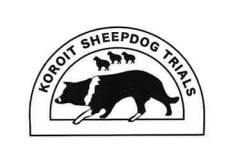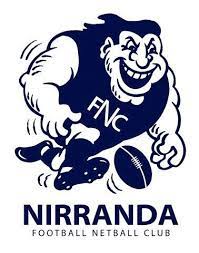We don’t like to say that something will be a silver bullet for preventing disease, but first-milking colostrum could be considered liquid gold!
Colostrum is full of antibodies and white blood cells that help newborn calves fight disease. It’s also got more fat and protein than normal milk to give calves a nutritious first feed (see table below).
Component |
First-milking colostrum |
Milk |
| Total solids % | 23.9 | 12.9 |
| Fat % | 6.7 | 4.0 |
| Protein % | 14 | 3.1 |
| Casein % | 4.8 | 2.5 |
From: Colostrum Management for Dairy Calves, Sandra Godden. Vet Clin Food Anim 24 (2008) 19-39.
How do antibodies and white blood cells work?
Antibodies are the first wave of our body’s immune system. They are tiny proteins that patrol the body looking for bacteria and viruses. If they find any, they hold onto them until the body’s white blood cells come along and eat them up.
Antibodies are also known as immunoglobulins (Ig), and there are different types of Ig for different areas of the body. IgG, for example is found in the blood, while IgA is found inside the intestines. There are also specific antibodies for specific diseases. If you consider antibodies as an army (like this Bastille day parade from a previous post), there is a specific troop that is always on the lookout to fight just the one bacteria or virus.

How do calves get enough antibodies?
The structure of a cow’s placenta means that antibodies cannot cross from her bloodstream to that of her calf. Instead, the cow transfers these antibodies into her colostrum and her calf must a) consume colostrum, and b) the colsotral antibodies must cross through the intestinal lining into the calf’s blood stream.
As an added complexity, the calf’s intestines only allow the antibodies to pass through for the first 12–24 hours of life and so colostrum must be fed soon after birth.
The quality of colostrum (i.e. the concentration of antibodies in a litre of colostrum) also varies, from terrible tthrough to fantastic! Brix refractometers are an easy way of identifying the best quality colostrum to feed to your calves.
The three “Qs” of colostrum management: Quickly, Quality, Quantity
Bacteria in colostrum interfere with antibody absorption
As well as being nutritious for newborn calves, colostrum is delicious for bacteria as well! If colostrum is stored at ambient temperature, bacteria such as E. coli and Salmonella can double every 15–50 minutes. If stored at 5°C or less their growth is practically nothing. To put it in perspective, if you have freshly collected colostrum that is sitting at ambient temperature with just one E. coli bacteria in it, after 5 hours there will more than a million of these nasty critters.
The presence of bacteria in colostrum also reduces the amount of antibody available to the calf (the antibodies bind to the bacteria and are too big to cross the intestinal wall). The bacteria are also a source of disease for calves.
How can we reduce bacterial growth in colostrum?
Potassium sorbate is a preservative that is available from our clinics that can reduce bacterial growth.
Below are some photos of total plate counts of first-milking colostrum. The colostrum was divided into 4 and stored for 30 hours: at room temperature +/- potassium sorbate and in the fridge +/- potassium sorbate. When refrigerated, the number of bacteria was three times less with potassium sorbate. But when stored at room temperature the difference with potassium sorbate was a whopping 2000 times less.

To sum up, even small numbers of bacteria in colostrum in the beginning can result in high levels of contamination given time. If you don’t have a fridge for storing colostrum, or if you are trying to cool large volumes of colostrum at a time, adding potassium sorbate will help slow down bacterial growth.






























